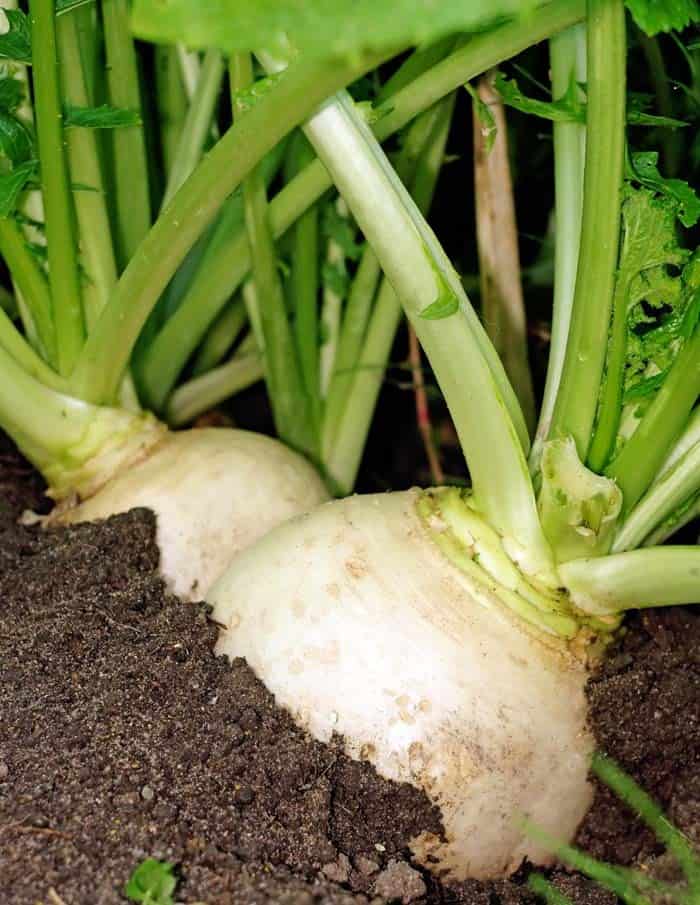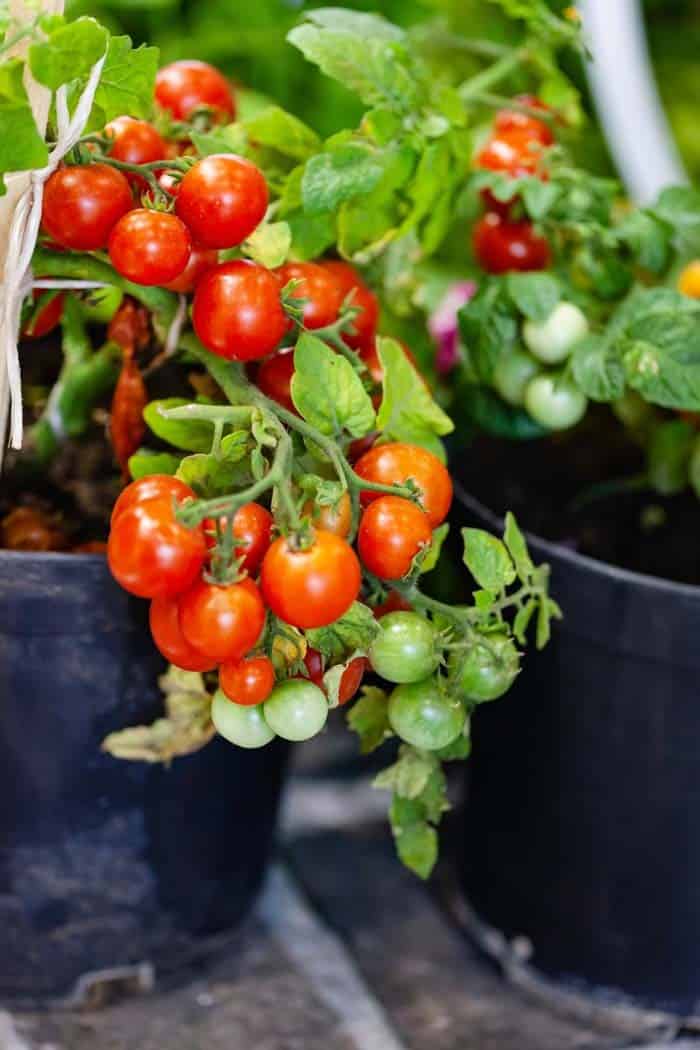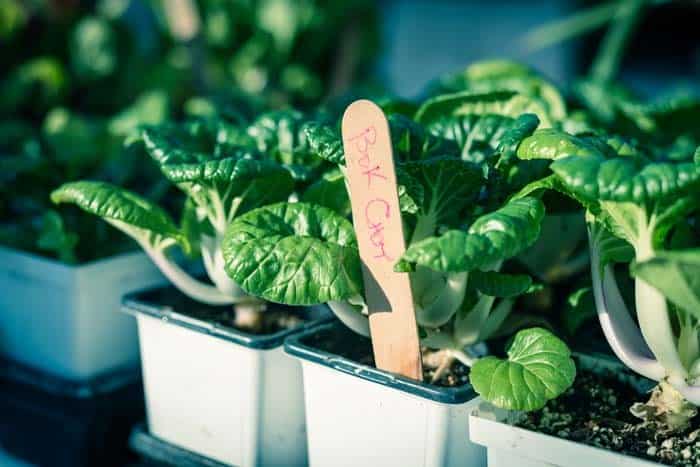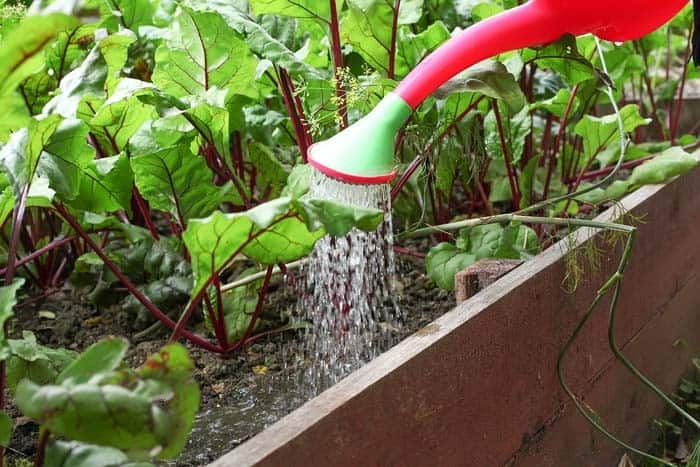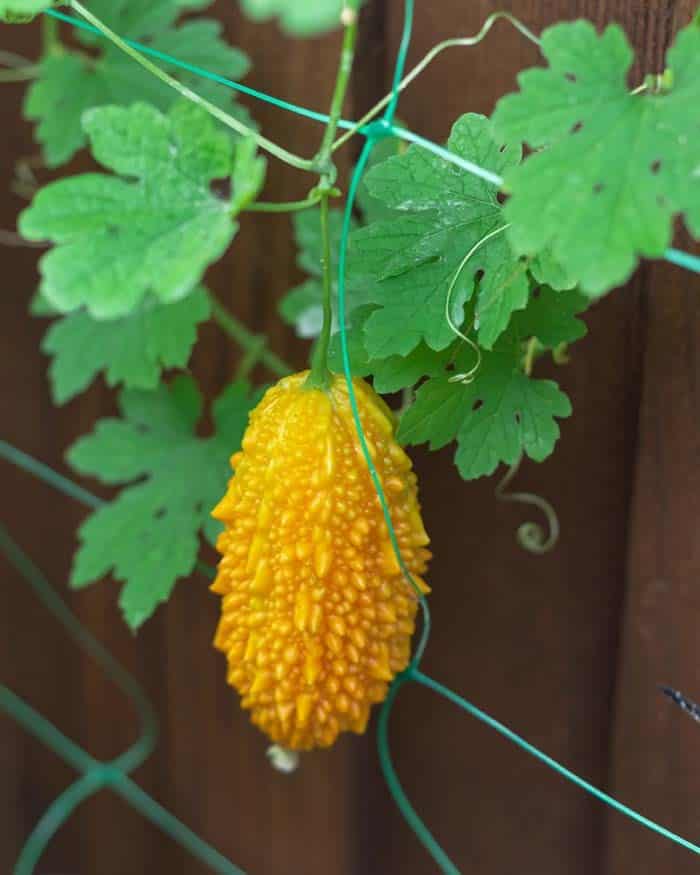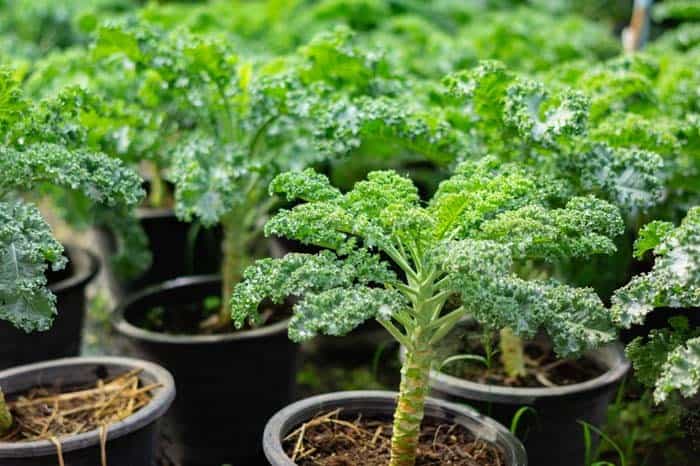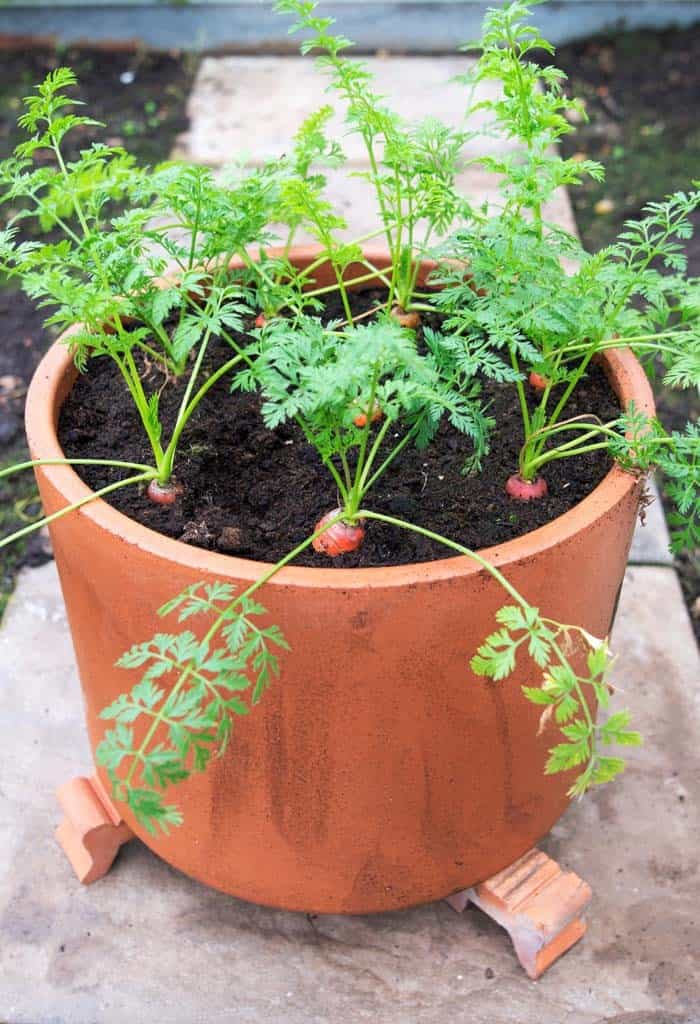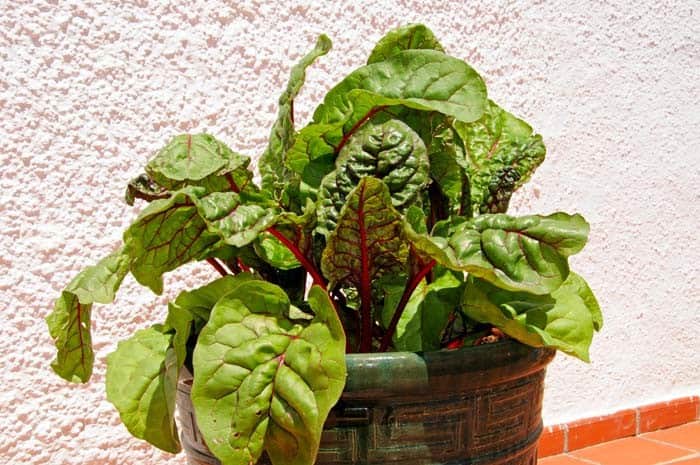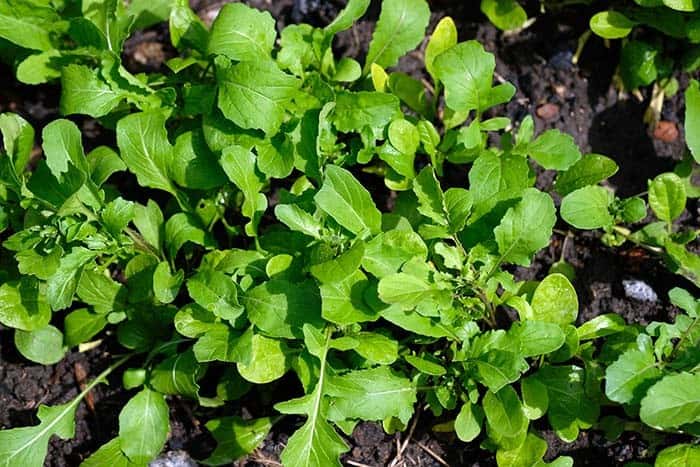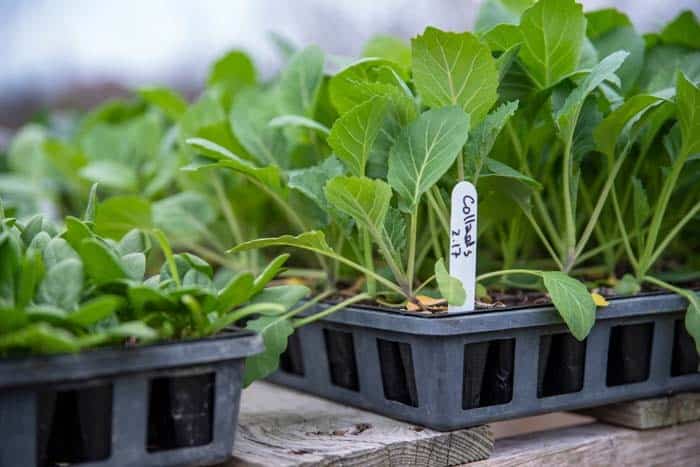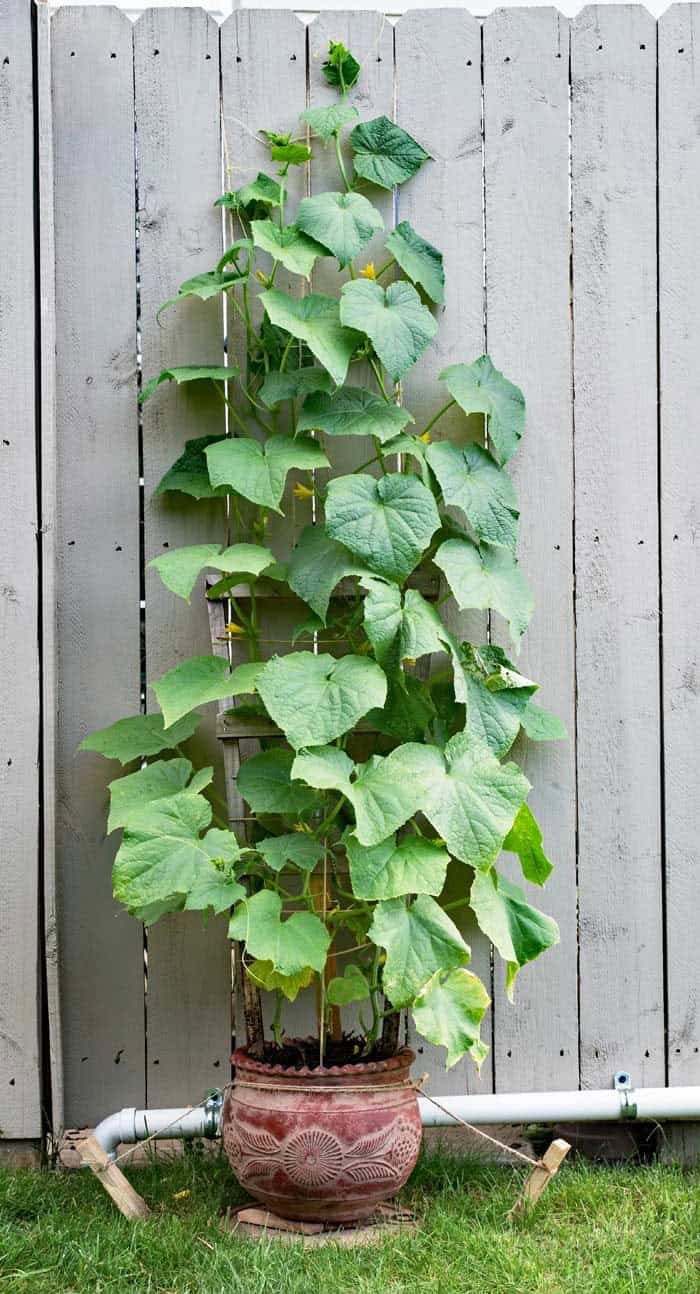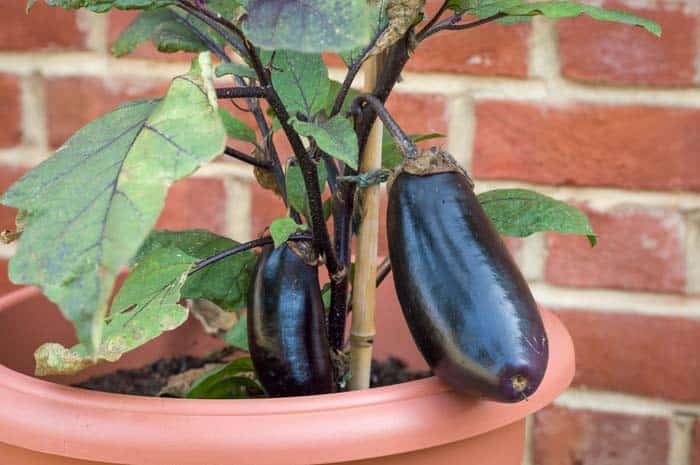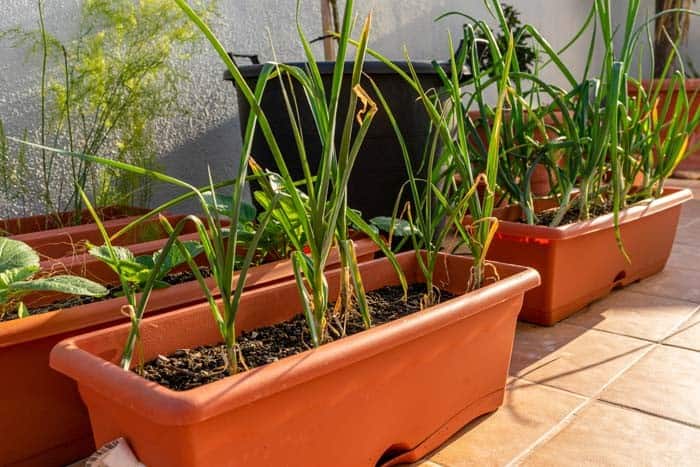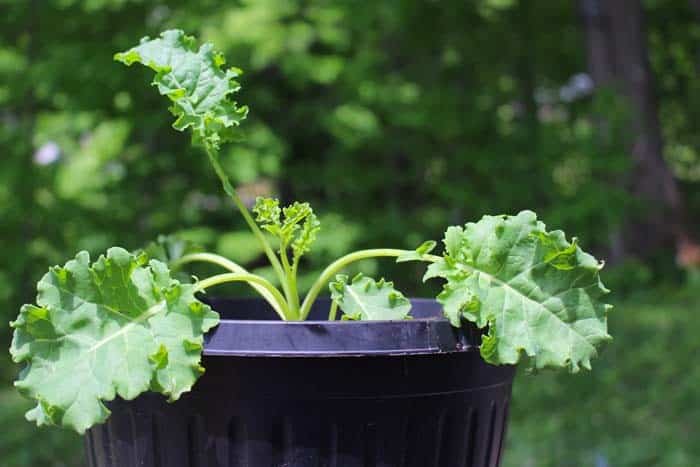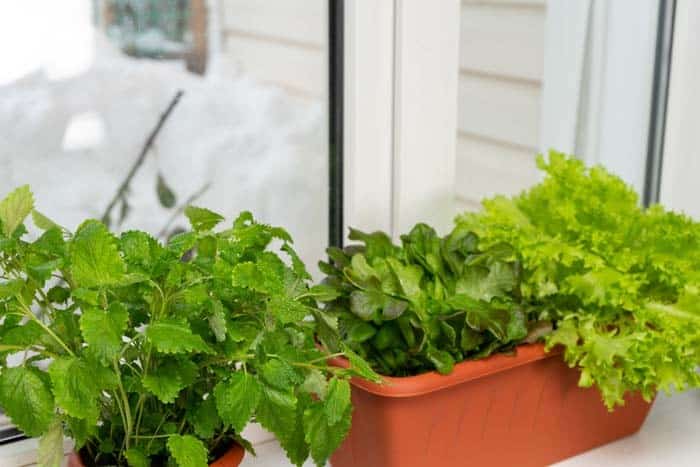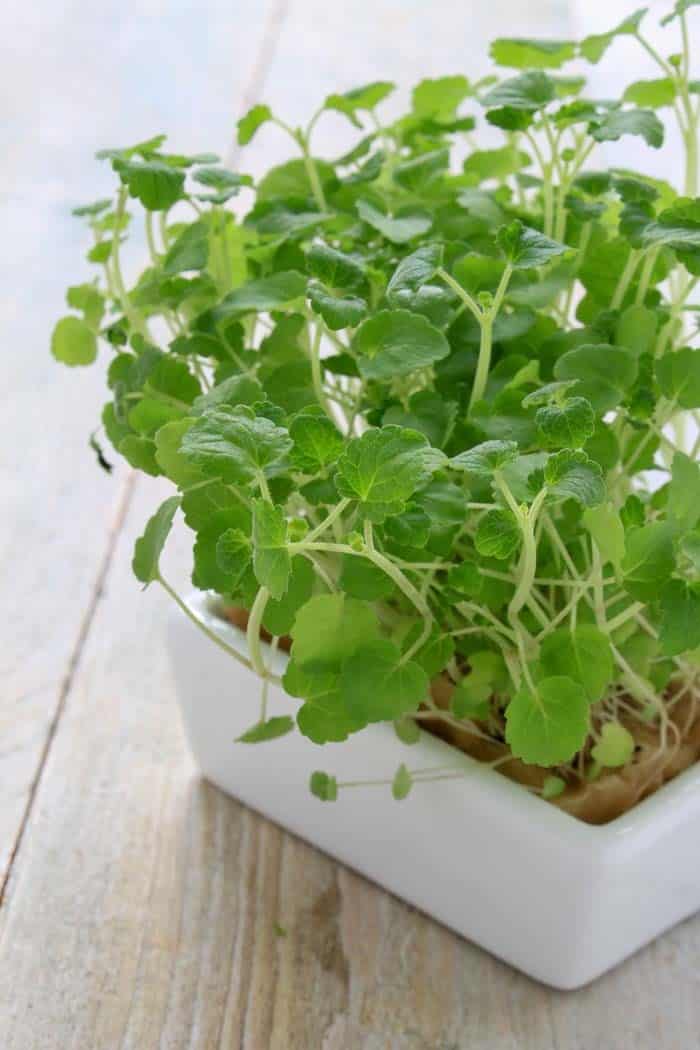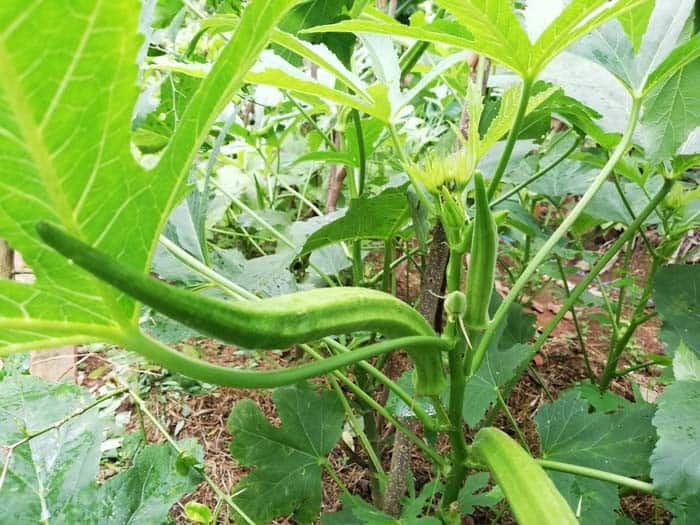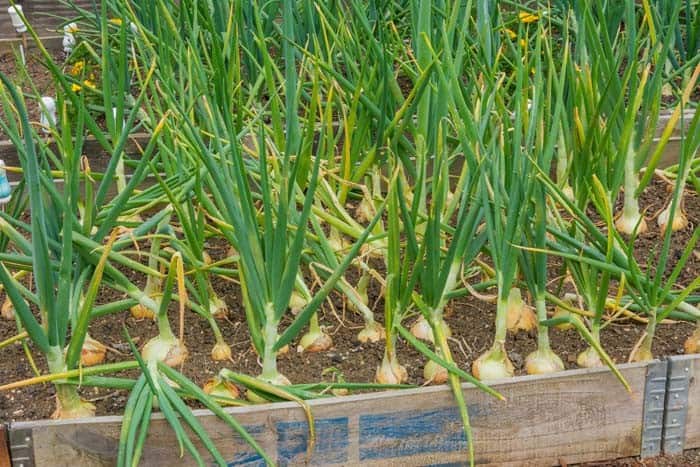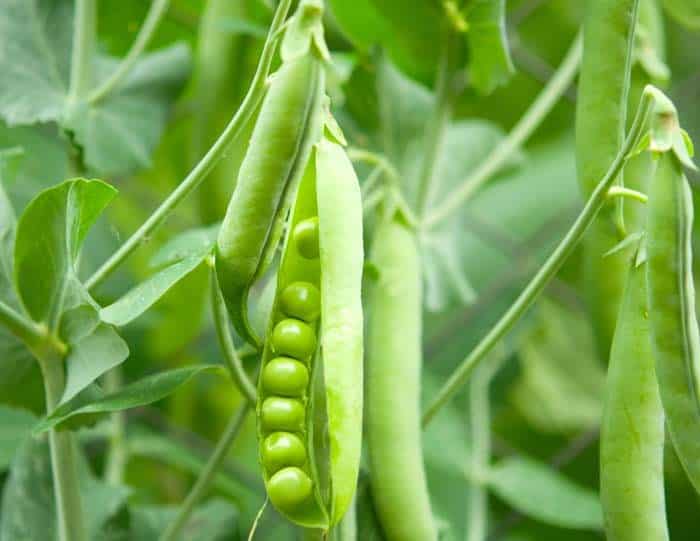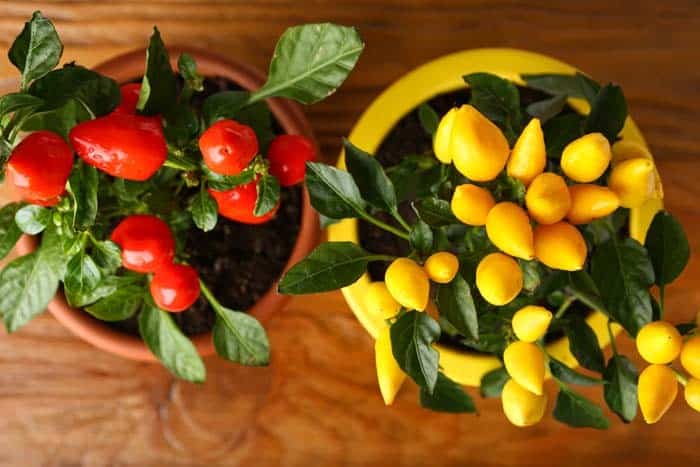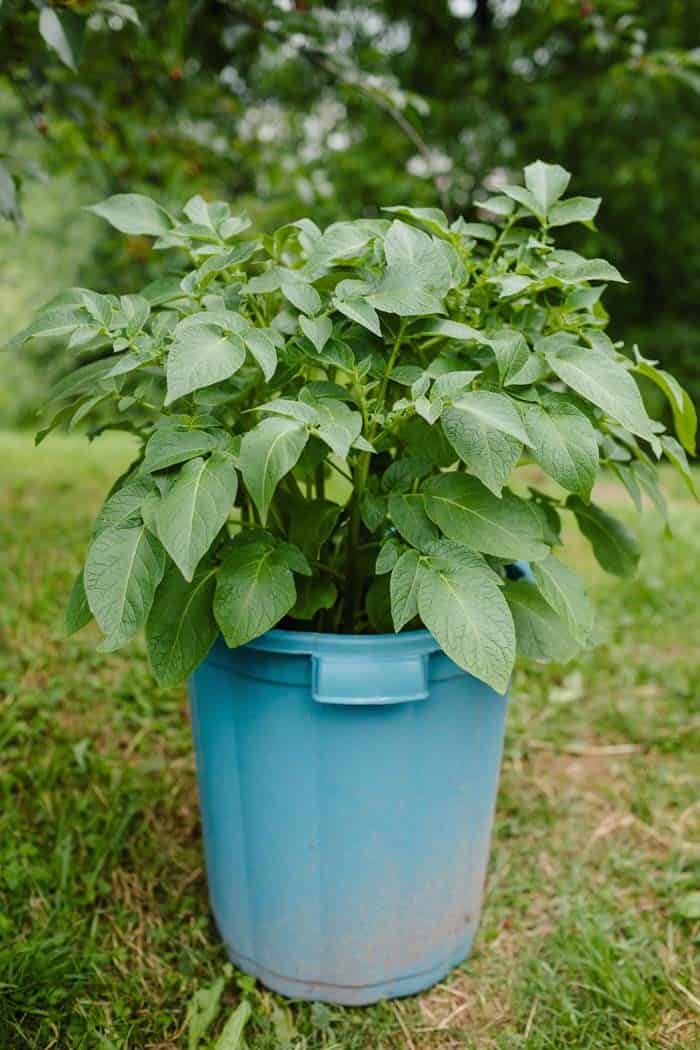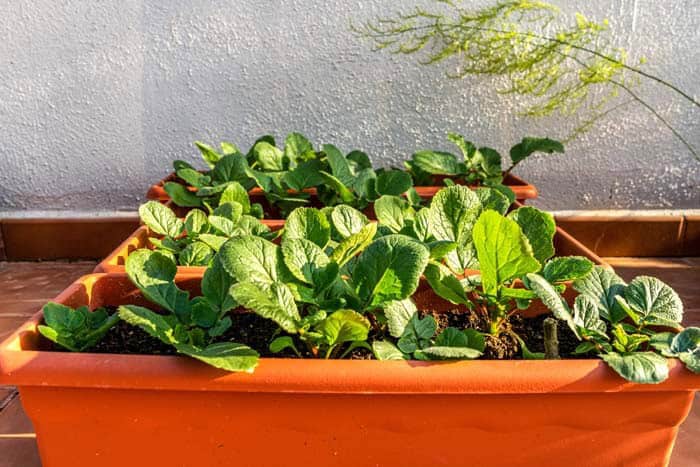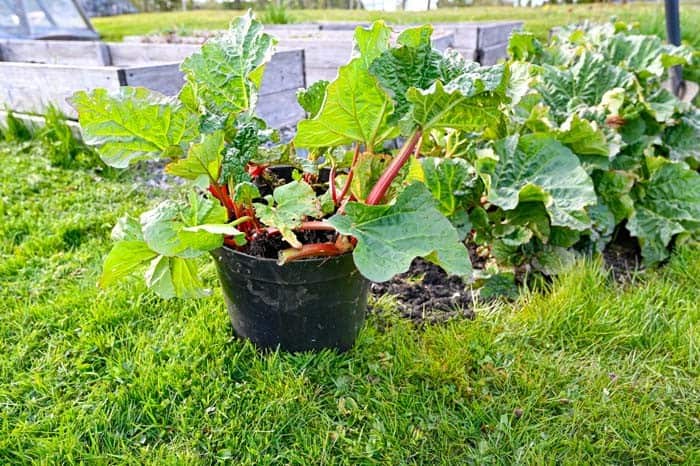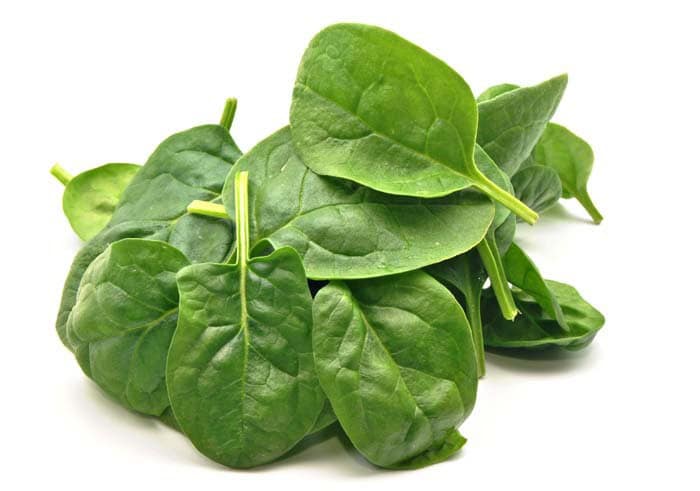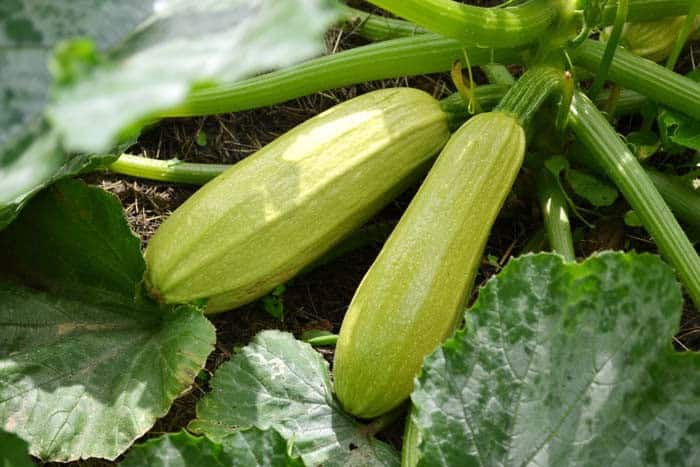Container gardening has gained immense popularity, even among families with spacious backyards. The key reason behind this trend lies in its ability to mitigate various environmental challenges. By growing vegetables in pots or containers, individuals can regulate factors like sunlight intensity, drainage, and weed growth, ensuring a more controlled and predictable outcome. Additionally, container-grown plants are less susceptible to pest infestations compared to their in-ground counterparts.
If you’re already convinced of the benefits of container gardening, it’s time to explore the most productive vegetables that thrive in this environment, with 25 options waiting to be discovered.
Tomatoes
Growing tomatoes in containers is a straightforward process that can be just as productive, if not more so, than traditional in-ground planting. The key is to provide enough space for the roots to develop and room for support structures like cages or stakes. This is particularly important for larger tomato varieties that produce heavy fruit, as a lack of support can lead to bent and broken vines.
A general rule of thumb is that the larger the tomato variety, the bigger the container should be – with cherry tomatoes requiring smaller containers. Prior to planting your seedlings, it’s essential to acclimate them gradually to outdoor conditions. Before transplanting, remove any weak or damaged leaves and create a deep hole in the soil for inserting half of the seeding. If you’re not starting from seeds, choose healthy seedlings that are already short and without blossoms.
Asian Greens
With its versatility, bok choy can thrive in USDA Hardiness Zones 2 to 11, allowing you to enjoy a steady supply of this nutritious leafy green. One of its greatest advantages lies in container gardening, where bolting – a common issue in in-ground cultivation – is easily managed. Moreover, containers provide natural pest control and disease prevention, making them an ideal choice for growing bok choy.
When selecting containers, look for conventional materials with built-in drainage holes to ensure optimal moisture retention, as bok choy prefers well-draining soil that stays moist.
Beans
One fun and easy family activity this year is growing bean varieties from seeds in containers. This not only provides an opportunity to teach kids about the life cycle of plants but also allows for a unique hands-on experience. The beauty of growing beans in pots lies in their adaptability – some varieties can grow as vining plants, while others remain bushy.
This flexibility makes container-grown beans suitable for gardeners with limited space, as well as those who want to exercise better control over the growth and development of their potted vegetables. An added advantage is the ability to protect your plants from frost if you opt for early sowing. The key to a successful bean-growing experience in containers is ensuring that each seedling has enough room to develop.
A general rule of thumb is to leave at least 12 inches between each plant, depending on the size of the pot. Once your seeds have germinated, make sure to maintain consistent watering schedules to keep your plants healthy and thriving.
Beets
When it comes to the flavor of beets, many would agree that pickling is the way to go. However, if you don’t have access to a vegetable garden or prefer to containerize your crops, growing beets in a container is a great option. The key to success lies in choosing the right container. A minimum depth of 10 inches is crucial, allowing the roots to grow and stretch freely. Additionally, it’s essential to plant beets three inches apart, providing ample space for them to mature.
Beets thrive in cool weather conditions combined with sunlight. This makes them an ideal crop for growth during fall, winter, and spring under a shelter such as a greenhouse.
Bitter Melon
To cultivate bitter melon, you can start by growing it in containers similar to cucumbers or squash. However, due to its vining nature, it’s crucial to provide adequate support as it grows. When the vine reaches around 5 meters tall, it will need to be redirected to prevent entanglement. For optimal growth, plant seedlings in a deep pot measuring approximately 16 inches and place the container in direct sunlight.
Regular watering is also essential to maintain evenly moist soil, which will ultimately impact the yield.
Broccoli
When it comes to growing broccoli in containers, there are a few key considerations to keep in mind. For starters, it’s best to limit yourself to just one plant per pot, as they can spread quite wide and may become overcrowded. You’ll also want to avoid using black containers, as the high temperatures they retain can be detrimental to the plant’s health. In terms of fertilization, broccoli is a bit more finicky than some other container-grown vegetables.
To keep your plants happy and healthy, make sure to regularly feed them with a nitrogen-rich fertilizer. Additionally, consistent watering is crucial to prevent drought stress. Finally, when planting multiple containers of broccoli, be mindful of the spacing between pots. Keeping them at least 1 meter apart can help prevent pests from becoming a problem.
Carrots
When it comes to container gardening with radish and carrots, the principles are surprisingly similar. For carrots in particular, a deeper pot is essential as they tend to develop longer taproots. A minimum depth of 12 inches is recommended, along with spacing between seedlings of at least 2 cm. To ensure healthy root development, it’s crucial to maintain soil moisture levels, but beware of overwatering which can cause the roots to split.
Instead, strive for a consistent level of moisture that keeps the soil consistently damp.
Chard
Chard leaves are a delight to grow, boasting an alluring glossy appearance and a subtle taste. For a container-grown crop, you can expect to harvest those vibrant leaves in a mere 8-10 weeks after planting. When it comes to regrowing chard, the key is to ensure consistent moisture levels. By sowing seeds mid-summer, you’ll be enjoying a bountiful harvest of fresh chard throughout autumn and winter.
With proper care, you can repeatedly grow this leafy green, making it an ideal addition to your salads.
Arugula
While arugula’s culinary appeal is undeniable, its aesthetic charm is equally noteworthy. This peppery green can thrive in containers on a balcony, where it can be showcased to perfection. A container measuring 8 inches deep by 6 inches wide proves an ideal setup for this versatile crop. Not only will the compact size accommodate easy repositioning when excessive direct sunlight (preferably morning sun) becomes too intense, but it also allows for optimal growth and maintenance.
The pungent leaves of arugula provide a bold contrast to its sweet, delicate flowers.
Collard Greens
To cultivate thriving collards in a container, start by selecting a sturdy vessel with a minimum capacity of 3 gallons. This spacious environment will enable your plants to grow and flourish. In the spring, sow the seeds and wait patiently as they germinate within just a few days. The secret to coaxing those luscious leaves lies in consistent moisture levels, a well-balanced potting mix rich in nitrogen, and generous sunlight exposure.
By replicating these conditions, you’ll be rewarded with a bountiful harvest of succulent, sweet-tasting collard greens.
Cucumber
While many gardeners appreciate the benefits of cultivating cucumbers in containers, this method also offers several practical advantages. For instance, it allows for precise control over humidity levels, making it easier to prevent fungal diseases. Additionally, container-grown cucumbers can be effortlessly weeded and relocated to the ideal spot. With these perks in mind, it’s no wonder that many garden enthusiasts are drawn to this method.
Cucumbers are a popular choice among vegetable gardeners due to their rapid growth rate and versatility. There are two primary types of cucumbers: bush varieties, often used for pickling, and vining types that require support from trellises or tomato cages. Both styles can thrive in containers, making them an excellent option for those looking to create a thriving vegetable garden.
Eggplant
Eggplant’s unique charm extends beyond its culinary appeal to its visually striking presence in the garden. The harmonious combination of luscious green leaves and vibrant purple fruits creates a calming and eye-catching spectacle. While many varieties boast dense foliage and heavy fruit production, making them less suitable for container gardening, some cultivars stand out for their compact growth habits and exceptional flavor.
Hansel and Fairytale are notable examples of these space-saving yet delectable varieties.
Garlic
Garlic cultivation in containers offers a more straightforward experience compared to growing it directly in the ground. To facilitate healthy root development, select a container that’s at least 10 inches deep and has sufficient space between each clove. Arrange the cloves with the pointed ends facing upwards, spaced roughly four to six inches apart. Once your container is set up, place it in a spot that receives a minimum of six hours of direct sunlight daily.
Regular watering is also crucial, but be mindful not to overdo it – excess moisture can lead to root rot. A weekly watering schedule should suffice, with an eye kept out for any signs of soil saturation.
Kale
In recent years, kale has gained immense popularity due to its numerous health benefits. If you’re looking to save money or simply experience the satisfaction of growing your own food, cultivating kale in a pot is an excellent option. This nutritious vegetable can thrive in a container, either alone or accompanied by perennials and flowers. Given that kale prefers cooler temperatures, it’s essential to harvest the plants before the hot summer months arrive.
When selecting a location for your container garden, be sure to choose a spot that receives at least 6 hours of direct sunlight daily. In addition, the soil should be well-draining and rich in nutrients to support the healthy growth of your kale plants.
Lettuce
Experience the delight of savoring a crisp salad featuring homegrown lettuce. To get started, plant your seedlings in early spring or opt for heat-tolerant varieties perfect for warm weather. As you cultivate your own strawberry haven with our 28 expert tips, consider this additional advice from seasoned gardeners: extend the harvest by relocating your container to a cooler spot, shielding it from intense sunlight.
While lettuce doesn’t require excessive sun exposure, regular watering is crucial.
Mustard Greens
Mustard greens are a hardy vegetable that can thrive in even the chilliest of winters, making them an ideal choice for cold-weather gardening. Not only are they resilient to low temperatures, but they’re also packed with nutrients and easy to grow. When cultivating mustard greens, it’s essential to provide them with a decent-sized container, as their shallow roots need room to spread out.
One of the best things about mustard greens is that you can harvest the outer leaves for salads while allowing the inner portion of the plant to continue growing. However, it’s crucial to keep an eye on the weather – once temperatures rise and the days become too hot, the flavor of the mustard greens will begin to decline, much like many other leafy greens.
For optimal results, be sure to harvest your mustard greens before this happens, ensuring a bountiful supply of fresh, delicious greens throughout the winter season.
Okra
Okra, unlike its leafy vegetable counterparts, thrives in warm temperatures and requires adequate heat to produce well. When it comes to growing conditions, okra prefers large containers of at least 3-gallon capacity or more, which can help retain the heat and provide optimal conditions for plant growth. The dark color of these containers can also serve as a natural heat trap, further benefiting your okra plants.
As for planting timing, it’s essential to wait until the threat of frost has passed before sowing seedlings. In terms of location, full sun exposure for at least six hours daily is ideal for promoting healthy growth and fruiting in your okra containers.
Onions
Onion cultivation in pots or in the ground shares many similarities. To begin with, select a container that can accommodate at least several onion bulbs comfortably. While both methods require similar conditions, one key difference lies in the amount of sunlight required. Like garlic, onions need full sun for at least 6 hours daily. However, when it comes to watering, potted onions demand more frequent hydration.
To ensure you’re providing the right amount of moisture, simply check the topsoil surface; if it appears dry, administer a gentle watering to satisfy the onion’s needs.
Peas
When it comes to planting peas, you have the flexibility to do so twice a year – once in early spring and again in the fall when the weather is cooler. With three main types of seedings to choose from – snow peas, sugar snap peas, and English peas – you’re spoiled for options. The sweet and succulent English pea is a standout with its vibrant green color, while the mild-tasting snow pea can be enjoyed both raw and cooked.
Sugar snap peas, on the other hand, are a hybrid of the first two, offering a delicious flavor when consumed at their youngest. Not only do peas provide a nutritious snack for humans, but they also have a beneficial impact on your garden’s soil health by enriching it with nitrogen. This natural fertilizer promotes lush growth in subsequent plantings.
When selecting containers for your pea varieties, be sure to consider the type of pea and its support needs – most require some sort of trellis or stake to prevent them from bending and becoming leggy.
Peppers and Chillies
Beyond their culinary uses, peppers are a visually striking addition to any garden or indoor space. The vibrant hues of orange, yellow, and purple peppers make them a popular choice for container gardening. With seedlings that don’t grow excessively tall, they’re well-suited for pot or container growing. To get started, prepare the soil by loosening the top layer and planting the seeds.
Place the containers in a spot that receives plenty of sunlight, and maintain moderate watering to ensure the soil is never too dry or waterlogged. As peppers don’t tolerate extreme moisture levels, it’s essential to strike a balance to promote healthy growth.
Potatoes
Consider growing potatoes in containers if you’re working with limited space or reside in an apartment. This method necessitates a deep container, such as a bucket, where the potato seeds can be thoroughly covered. By doing so, you’ll not only be able to produce a bountiful harvest but also experience the unique taste and texture that comes with savoring freshly picked potatoes.
The difference is remarkable – home-grown potatoes boast higher water content and a more pronounced, slightly bitter flavor profile compared to their store-bought counterparts.
Radishes
For those who want to cultivate radishes, it’s great news that they thrive in containers. These roots don’t demand a lot of space or depth, as long as you provide them with a shady spot to prevent bolting. A straightforward way to grow radishes is by sowing their seeds directly into the chosen container. If you’re looking for more flavor and larger pods, there are varieties available that cater to your preferences.
Rhubarb
Rhubarb can thrive in a container, just like many other vegetables. When selecting a pot, ensure it’s deep enough to accommodate rhubarb’s extensive root system. Start by planting one seeding in a medium-sized container with good drainage holes.
Spinach
Spinach is a nutrient-rich vegetable that has earned its popularity among health enthusiasts and gardening newbies alike. Its ease of growth, even in containers, makes it an ideal choice for those short on space or looking to add some freshness to their meals. To get started, select a spacious container that will allow the spinach plants to spread out comfortably. Fill the container with a well-draining soil mixture that spinach can thrive in – soggy conditions are not its friend.
As the seeds sprout within 5-14 days of planting, you’ll be rewarded with a bountiful harvest. If you’re growing spinach in the fall, position the pot in a sunny spot to encourage optimal growth. Conversely, if you’re aiming for a summer harvest, provide your seedlings with partial shade to prevent scorching.
Squash
Squashes are a versatile crop that thrive in various growing conditions, including soil-based and container-based setups. When opting for the latter, it’s essential to select a large enough container as the vines and leaves of these plants can spread out significantly.
One of the key advantages of growing squashes is the variety they offer. With different fruit sizes, tastes, and shapes to choose from, you’re sure to find one that suits your preferences.
For instance, Cucurbita maxima is a popular giant squash option, while Honeybear is a compact acorn squash that can do well in containers.
When transplanting seedlings into containers, ensure they receive adequate sunlight and consistent watering. Place the container in a sunny spot and water regularly to support healthy growth.
Turnips
Every aspect of turnips is not only edible but also packed with essential nutrients like Vitamin A, C, B, Ca, P, and Fe. When cultivating turnips in containers, it’s crucial to get the soil right – a slightly acidic and well-drained mix will allow the root to develop unobstructed. Opt for a container that’s at least 12 inches deep with built-in drainage holes to prevent waterlogged conditions.
Turnips thrive in sunlight, so ensure they receive at least six hours of direct sunlight per day to encourage healthy growth and bountiful production. Regular watering is also vital – aim for at least one good soaking per week, although this can increase to two or three times in dry climates.
